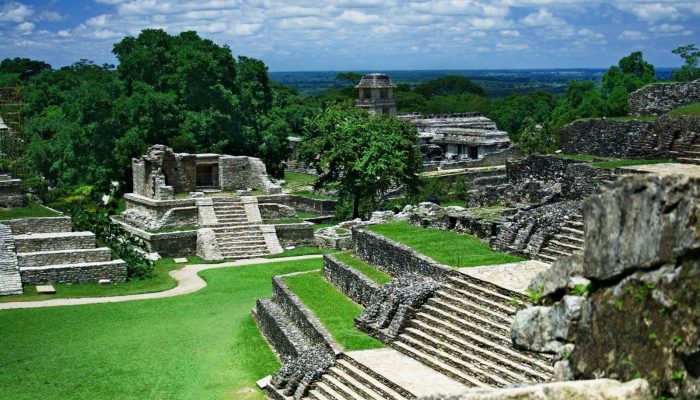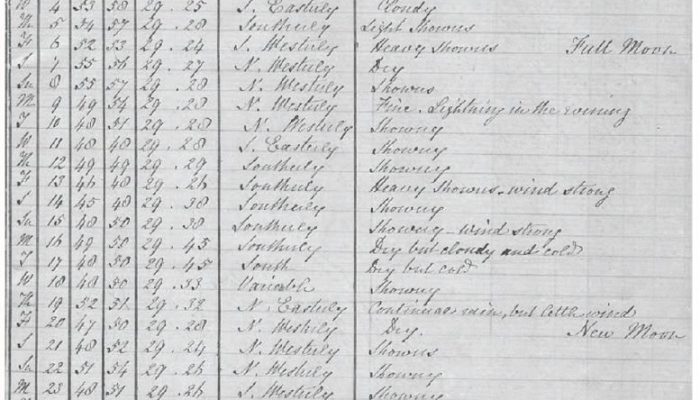Hello Stef. Thank you for agreeing to this interview! Before we delve deeper, could you tell our readers about yourself and your background in palaeoclimatology? Thank you for having me! I’m a Junior Professor of Palaeoclimatology at Freie Universität Berlin, a position I’ve been fortunate to hold since 2023. My academic journey began with a PhD in Paleoclimatology from Utrecht University in the N ...[Read More]
Geosciences Column: How climate change put a damper on the Maya civilisation

More than 4,000 years ago, when the Great Pyramid of Giza and Stonehenge were being built, the Maya civilisation emerged in Central America. The indigenous group prospered for thousands of years until its fall in the 13th century (potentially due to severe drought). However, thousands of years before this collapse, severely soggy conditions lasting for many centuries likely inhibited the civilisat ...[Read More]
GeoSciences Column: The ‘dirty weather’ diaries of Reverend Richard Davis

Researching the Earth’s climate of the past, helps scientists make better predictions about how the climate and our environment will continue to be affected by, change and adapt to rising temperatures. One of the most invaluable sources of data, when it comes to understanding the Earth’s past climate, are historical meteorological records. Accounts of weather and climate conditions for the Souther ...[Read More]
Imaggeo on Mondays: what corals can tell us about past climate change

Reconstructing past climates is a tricky task at the best of times. It requires an ample data set and a good understanding of proxies. Add into the mix some underwater fieldwork and the challenge got a whole lot harder! In today’s Imaggeo on Monday’s post, Isaac Kerlow explains how information locked in corals can tell the story of past climates and how important it is, not only to carry out the r ...[Read More]

